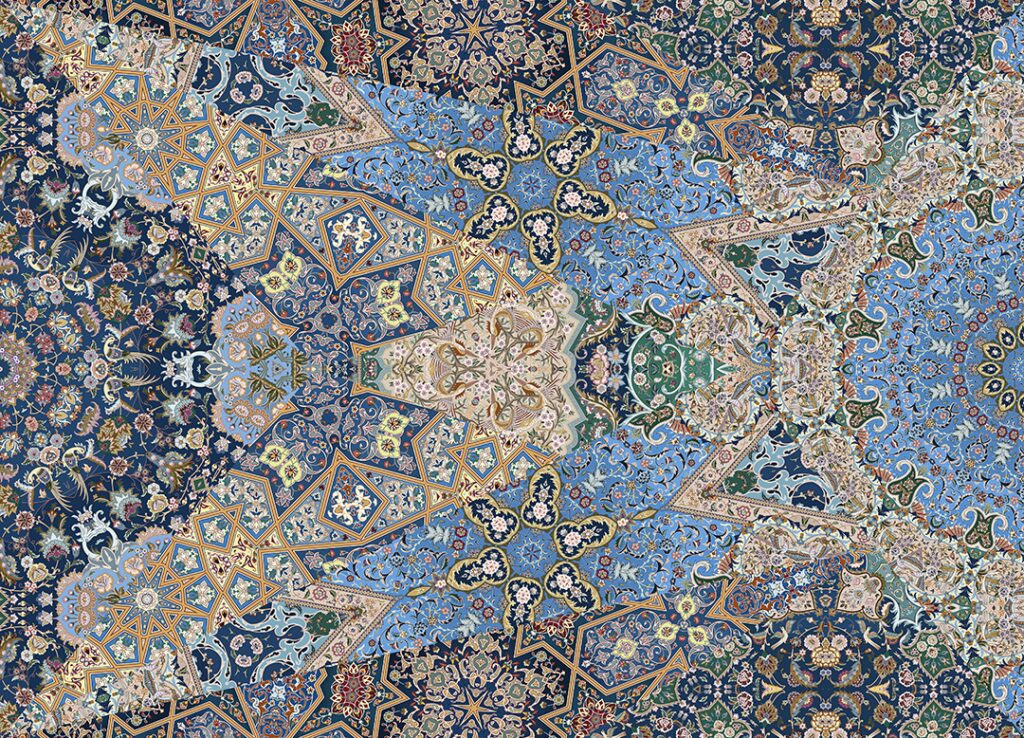LACMA invites digital artists to put technology-driven spins on works in its collection as part of a new Blockchain initiative

NFTs
The works will be released for sale in limited digital editions.
Digital art is having a good season at the LA County Museum of Art. After establishing a digital art purchase fund last year and recently acquired a cache of NFTs from collects Cozomo de’ MediciThe museum has now launched a new project to promote its involvement with the blockchain.
The initiative, called Remembrance of Things Future, was created in collaboration with blockchain consultancy Cactoid Labs and invites leading digital artists to create work that reinterprets objects and artworks in the museum’s permanent collection. These new works will be minted and released for sale on the blockchain in phases beginning March 8, each in a limited edition of 100.
“Remembrance of Things Future continues a tradition of inviting contemporary artists to create editions and multiples that support the museum,” Erin Wright, LACMA’s director of artist initiatives, told Artnet News. “As an encyclopedic museum with nearly 149,000 objects in our collection, it is always exciting to invite artists to mine the histories, cultures and geographies of our vast properties and see what they are drawn to use in their own work.”
The initiative’s first cohort contains artists Monica Rizzoli, Ix shells, Jen Stark, Emily Xieand Sarah ZuckerWHO have implemented a variety of technologies – from generative algorithms to video synthesizers – to create their pieces.
Monica Rizzoli, A tour of hypothetical waterfalls (2023). Photo: © Monica Rizzoli.
Rizzolli, best known for her Fragments of an infinite field collection at Art Blocks, chose to respond to Hokusai’s 1833–34 series “A Tour of Japanese Waterfalls.” Using creative JavaScript coding, she has abstracted the elements of the ukiyo-e artist’s paintings, transforming his expressive landscapes into an eerie idyll she calls the title A tour of hypothetical waterfalls.
“The use of geometric and floral patterns in these 17th-century woodcuts presents exciting possibilities for generative art,” Rizzolli said, adding that her latest piece represents just “one of the results that my code is capable of generating. It’s a magical and sublime process.”
Ix Shells, Ahead of the time (continued) (2023). Photo: © ItzelYard
Like Rizzolli, Ix Shells (or Itzel Yard) chose a nature-based image to work with, namely an 1851 album and salt print of a leaf branch. Her reimagining of the photograph draws a parallel between the practical contact printing process that produced the early image, and her own use of TouchDesigner, an interactive node in visual programming language – producing digital resonances for a botanical prompt.
“In my own practice,” added the artist, whose oeuvre favors abstract and fractal geometry“I have a strong dialogue between nature and its juxtaposition with the inorganic digital realm where my creations live.”
Emily Xie, Generative Patchwork and Bullseye (2023). Photo: © Emily Xie.
Two artists, Jen Stark and Emily Xie, have found inspiration in two quilts in LACMA’s costume and textile holdings, and created ravishing geometric works in response. In particular, Xie noted how quilting and generative art share similar approaches to pattern making: “Quilts reflect a core aspect of generative art in that there is a compelling tension between the computational and the organic.”
Also in dialogue with the story is Sarah Zuckers 2 answersa digital animation that puts a psychedelic, hypnotic spin on the German painter Ernst Ludwig Kirchners Two dancers (1932).
“German Expressionism has had a huge impact on the development of my own visual language,” said Zucker. “I love that the dancers’ individual identities are ambiguous, in the process of merging, and defined solely through the dance they do together.”
Sarah Zucker, 2 answers (2023). Photo: © Sarah Zucker.
A percentage of proceeds from Remembrance of Things Future will support LACMA’s Art + Technology Lab, which offers grants to artists experimenting with new technologies.
“Beginning with the creation of the Art + Technology Lab in the 1960s, LACMA has been eager to explore new technologies with artists,” Wright said. “The blockchain initiative is a natural extension of this interest, and we have found committed partners, supporters and collaborators to help build our knowledge and understanding of what is possible in this realm.”
Upcoming releases from Remembrance of Things Future, as teased by Cactoid Labswill include works by stars like Tyler Hobbs, 0xDEAFBEEF and William Mapan.
To mark the launch of the initiative, LACMA’s Stark Bar will feature existing works by Rizzolli, Shells, Stark, Xie and Zucker, in a show curated by Cactoid Labs. The exhibition coincides with the museum’s “Coded: Art Enters the Computer Age”. survey of the history of computer artopen until July 2.
Follow Artnet News on Facebook:
Do you want to be at the forefront of the art world? Subscribe to our newsletter to get the latest news, eye-opening interviews and sharp critiques that drive the conversation forward.
























